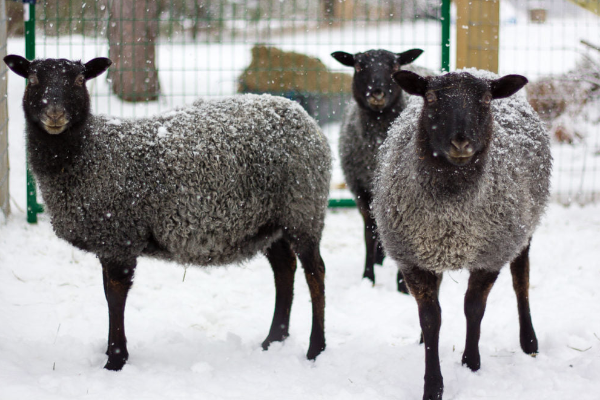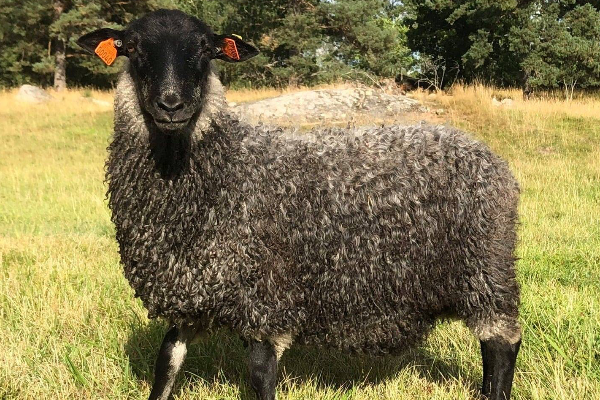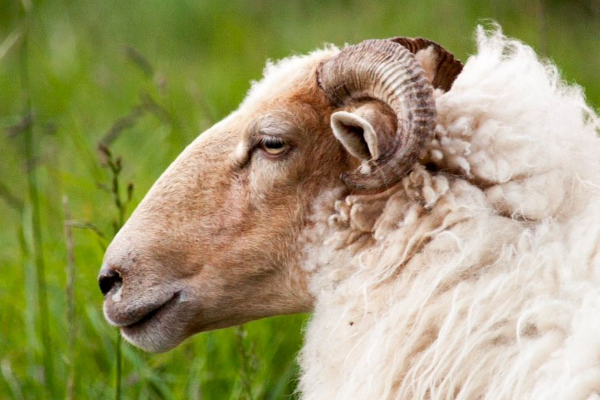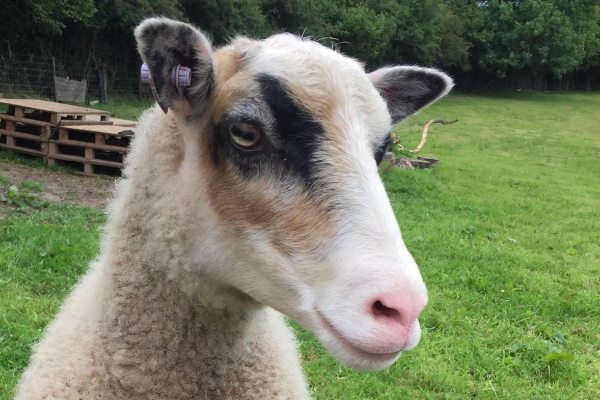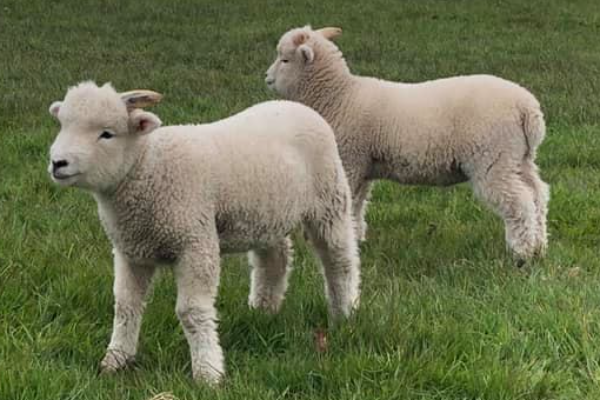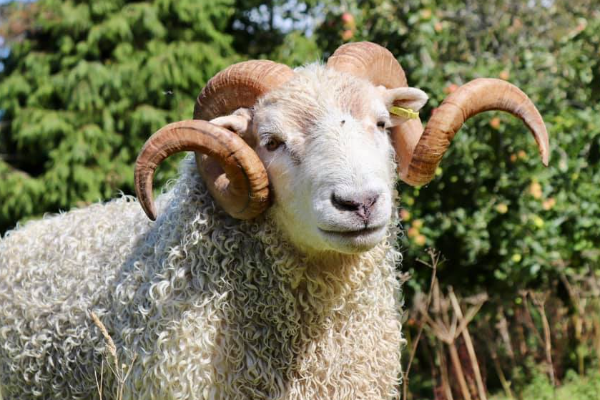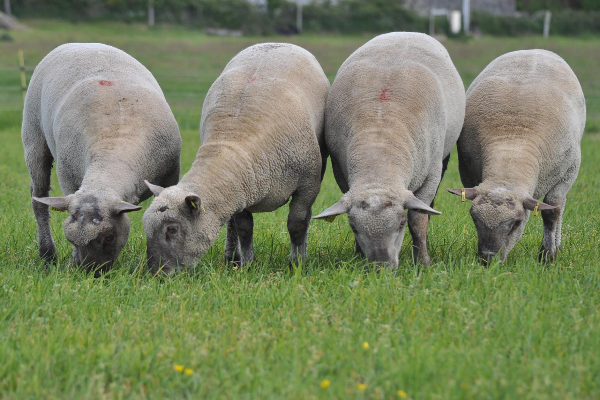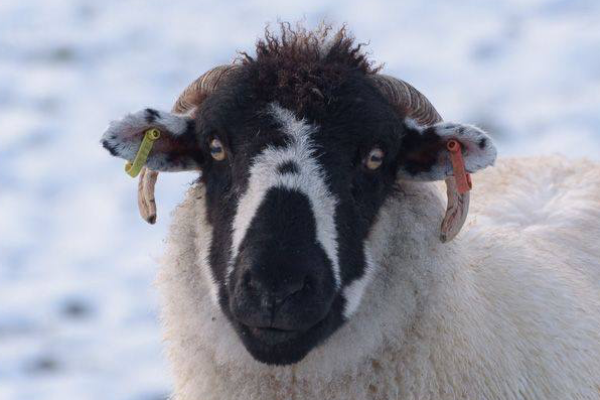Gotland Sheep
What is the history of Gotland sheep?
The Gotland, also called the Gotland Pelt (Swedish: Pälsfår), is a breed of domestic sheep named for the Swedish island of Gotland.A breed of Northern European short-tailed sheep, they are thought to be the product of crossbreeding between the native landrace of the island called the Gute with Karakuls and Romanovs during the 1920s and 1930s.
Primitive horned Gute sheep still exist on the island of Gotland today, though they are now rare.
The main differences between the original Gute and the improved Gotlands are that the latter are entirely polled and have more uniform confirmation and fleeces.
The improved Gotland sheep may be found in Great Britain, Denmark, the Netherlands, New Zealand and Australia.
Through the use of artificial insemination starting in 2003, Gotland sheep are being established in the United States of America through two breed associations: the American Gotland Sheep Society and the Gotland Sheep Breeders Association of North America.
Through selection and controlled breeding for size and furskin quality, started in the 1920’s, the Gotland sheep has developed to a multipurpose sheep, yielding both good flavoured meat and high quality furskins.
What are the characteristics of Gotland sheep?
- The Gotland sheep is a medium sized sheep, well adapted to graze also extensive pastures thus contributing to Scandinavian landscape preservation.
- The adult Gotland sheep are grey.
- The heads and bones are black, free from wool, sometimes with white markings. Large white markings are not desired.
- The tail is short, free from wool at the tip.
- Gotlands are fine-boned with a graceful head.
- Hornless.
- Gotlands are active and friendly sheep, easy to tame.
- Grazing Gotlands are often more spread out on pastures than other breeds.
- They still have a pronounced flock instinct and work well with sheep dogs.
- The lambs are born in the spring.
- The Gotland ewes are easy to lamb, prolific, and very motherly.
- From two years of age they normally give birth to twins, triplets are not uncommon though.
- The Gotland lambs are born black but gradually change to grey of different shades throughout summer.
- Characteristic for the Gotlands is the long, lustrous grey fleece, in shades of dark to light silver grey.
- The curls are clearly defined and very soft to the touch.
- After weaning the lambs often need to graze regrowth of the ley or be given supplementary feed.
- The fleece is fully developed at 4 to 5 months of age and then gives a beautiful furskin, useful in a number of ways.
- The meat is tender and tasty and performs well in comparing tests with meat from other breeds.
- The furskins are tanned and shorn to different hair lengths and used mainly for handicraft, interior decoration and clothing.
- Gotland sheep ewes are good mothers, prolific, with a hardy and adaptive nature, and therefore appreciated as mothers in cross-breed programs.
- The best ewes should be used for pure breeding. Ewes with lower pelt quality could be well suited for crossings with rams of a pronounced meat sheep breed.
What is the weight of mature Gotland sheep?
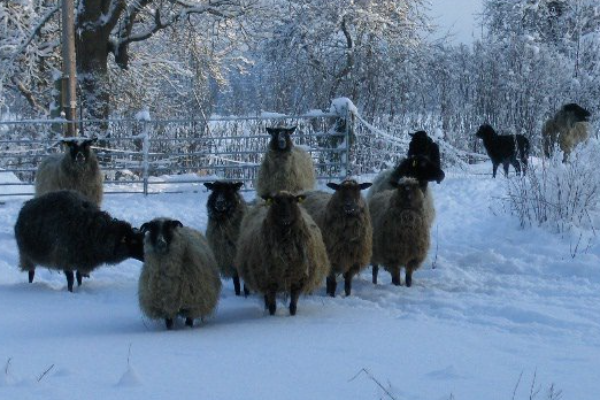
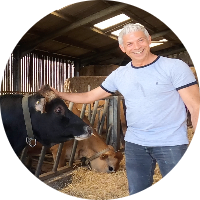
Written by
H Cetin KATIRCI
Online ShepherdBreedsMore
IllnessesMore
Forage cropsMore
![]() Патологическая физиология голодания Arina TARAN
Патологическая физиология голодания Arina TARAN![]() Дефицит фосфора (гипофосфатемия) Hipofosfatemi Arina TARAN
Дефицит фосфора (гипофосфатемия) Hipofosfatemi Arina TARAN![]() Какие бывают кормораздатчики для ферм КРС? Irina Makarova
Какие бывают кормораздатчики для ферм КРС? Irina Makarova![]() Кормушки для овец Diana Myakisheva
Кормушки для овец Diana Myakisheva![]() Питание домашних коз: что едят, виды корма и правила кормления Alina Arslantürk
Питание домашних коз: что едят, виды корма и правила кормления Alina Arslantürk![]() Важность минералов питании сельскохозяйственных животных Irina Makarova
Важность минералов питании сельскохозяйственных животных Irina Makarova

